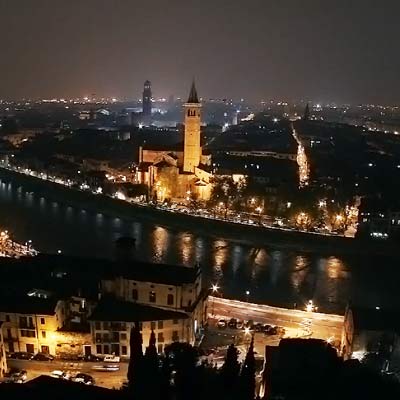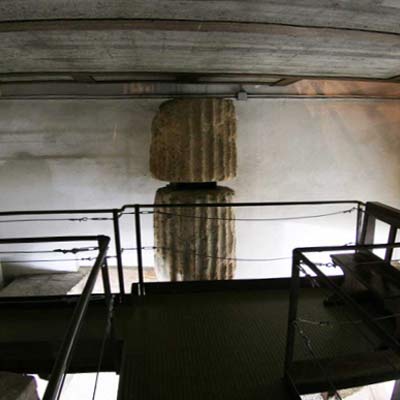Mosaics under vineyards and other finds
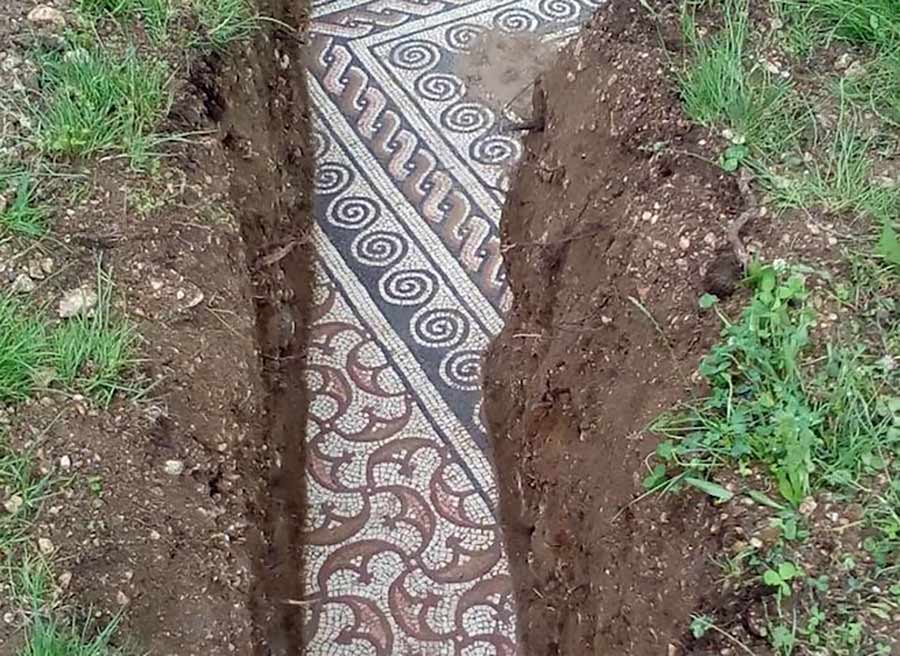
One hypothesis about the meaning of the name Valpolicella is that it is a contraction of the Latin words vallis polis cellae. That is, "valley of many cellars". Not all historians agree that this is the true origin of the name, but I still like to believe it.
On 26 May 2020 the discovery of a perfectly preserved Roman mosaic was announced under a vineyard just outside Negrar, one of the five municipalities that make up the historic Valpolicella.
Oncoming Tours
For inquiries and bookings:
+39 333 2199 645 info@veronissima.com P.I. 03616420232 C.F. CPPMHL74L13L781C
Early excavations
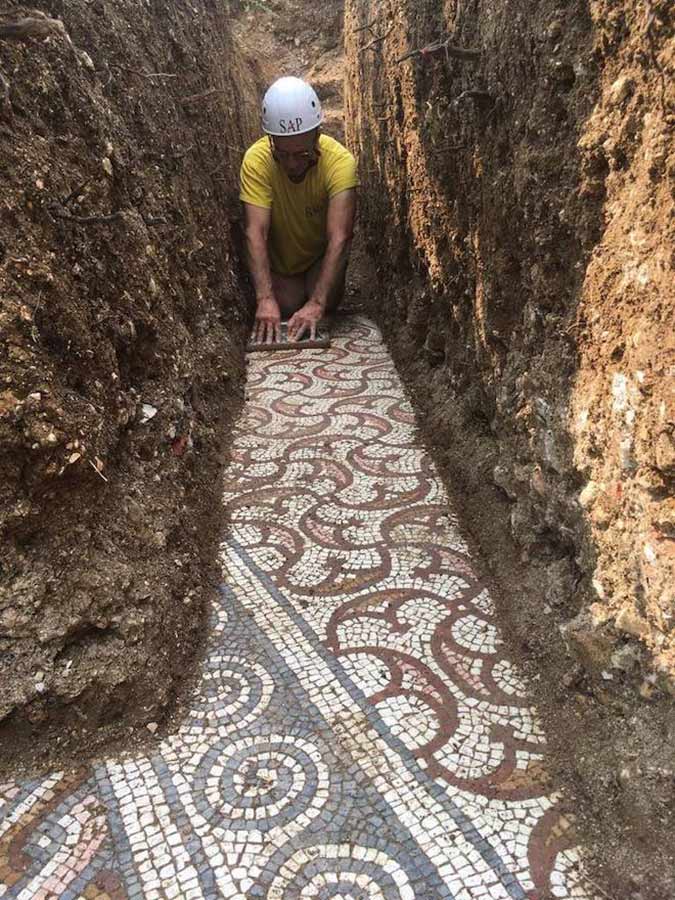
In fact, the first discovery of what immediately appeared as a Roman villa had taken place in 1922. Part of the mosaic found at that time had been removed and transported to the Archaeological Museum of Verona where it is still on display today. In 1975 a team of archaeologists resumed their investigations but couldn't identify the exact size and position of the villa, which is still almost completely buried under a vineyard.
Want to know more?
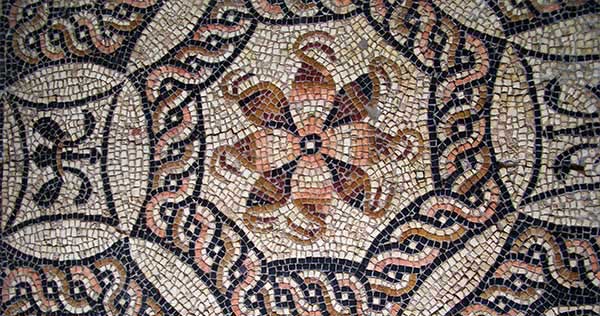
Archaeological museum
Mosaics and other collections at Verona Archaeological musum at the Roman Theater.
Visit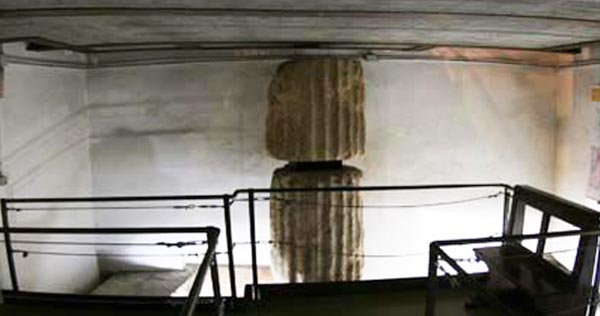
Underground Verona
Verona underground sites tour: visit the remains of old temples, noble family houses, gates.
VisitThe Villa
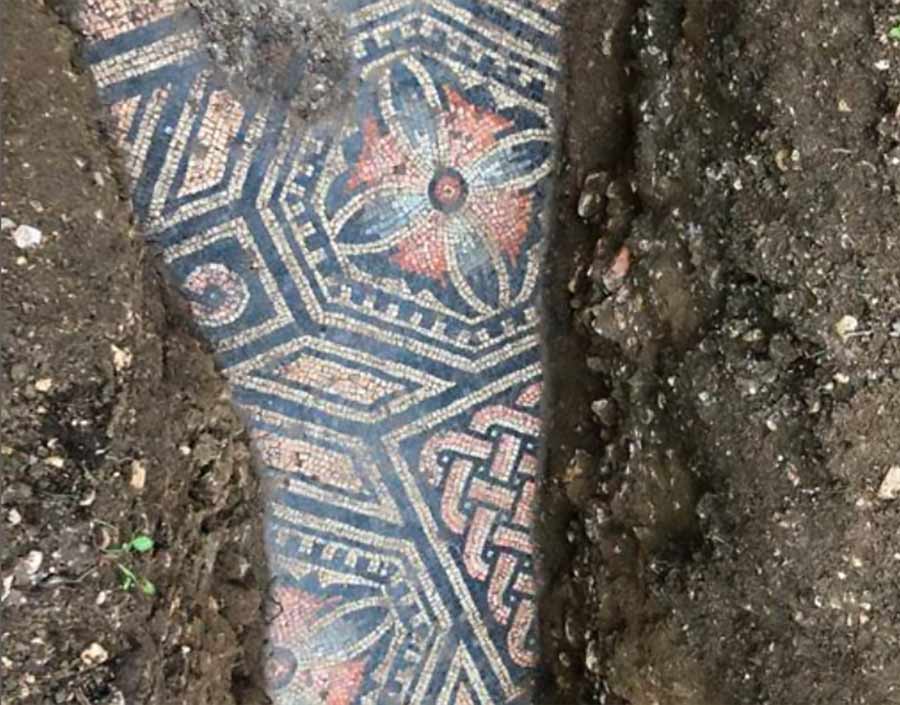
Then the excavations resumed in 2019 and in May 2020 finally the announcement of the discovery. The work is only at the beginning, but the first test excavations have brought to light perfectly preserved mosaics, with vivid colours and geometric and interwoven designs reminiscent of complex op-art decorations. The villa is dated to the third century AD.
Roman age Valpolicella
It is a further piece of great symbolic value that adds to the rich Roman history of this extraordinary area and its wines. It reminds us once again how, two thousand years ago, this area was dotted with Roman settlements and monuments.
From here passed the Via Claudia Augusta, the road that connected Verona with the Brenner Pass and then with the territories of the barbarian populations (today Austria and Germany). The cobbled track of the Via Claudia Augusta has been found in various places, in particular in the area of San Pietro in Cariano, near Villa Pullé winery.
The remains of a Roman watchtower are still clearly visible in the wall of Villa De Buris, at the entrance of the Fumane valley. The tower was guarding the Via Claudia Augusta and on its remains a monastery was built, later transformed into a noble family villa. Today it is the property of the Tommasi estates, which in the old church of the monastery have built a cellar where they refine their top product, the Amarone Riserva De Buris.
On the top of the village of San Giorgio, which dominates the entire western Valpolicella, stood a Roman temple, whose remains are now incorporated into the structure of the Longobard parish church.
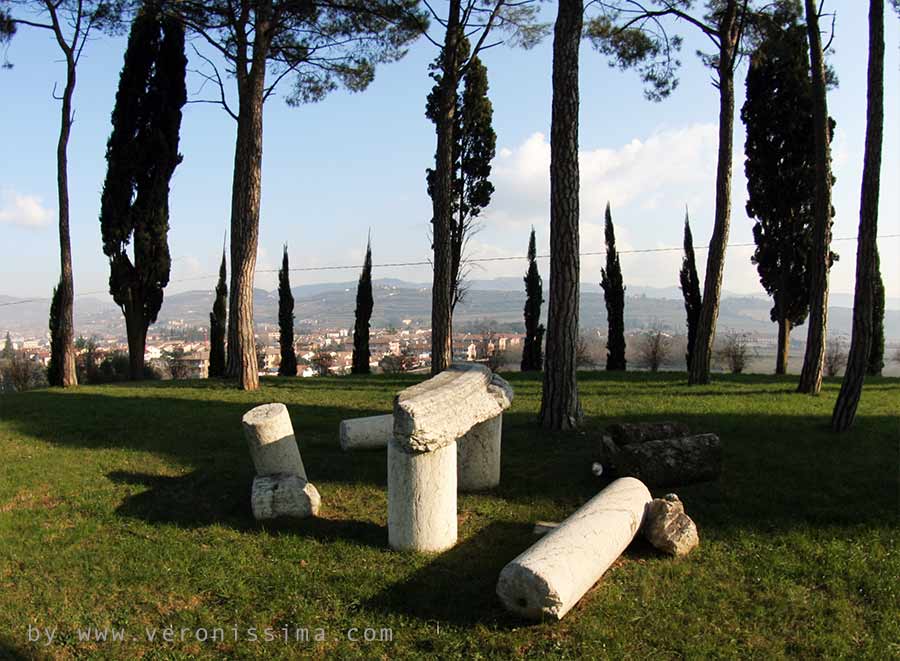
Another temple dedicated to the goddess Flora stood on a small hill not far from Pedemonte. The remains are still visible inside the properties of the Marchesi Fumanelli cellars, on the ancient and picturesque hill crowned with cypresses.
The remains of yet another temple dedicated to Minerva were discovered in Marano, another of the municipalities of Valpolicella.
More than two thousand years ago, the springs of Novare, a pleasant valley at the eastern end of the wine production area, were channelled into an
Ancient wine making
So Valpolicella was an area rich in Roman settlements, with villas, temples, villages and certainly wineries. It is no mystery how much the Romans liked wine, and they introduced vines and oenology in all the areas they colonized with their vast empire. Rhaetian wine, produced in these areas from dried grapes, was one of the Emperor Augustus' favourites, who had whole barrels sent to his private cellar. Many believe that this Rhaetian wine is the ancestor of Recioto, that then became Amarone.
A museum in the future
We do not know when the archaeological excavations of the Roman villa in Negrar will be completed. But it seems to be the intention of the administration and the authority for archaeological heritage to make the site accessible to visitors. A further reason to visit Valpolicella and taste its "Roman wines".
Are you interested in learning more? Would you like to take part in a visit to the Roman sites of Valpolicella, perhaps ending with a tasting in a local winery?
For further information and booking inquiries:
+39 333 2199 645
info@veronissima.com

 IT
IT 日本
日本 DE
DE FR
FR 中文
中文 ES
ES